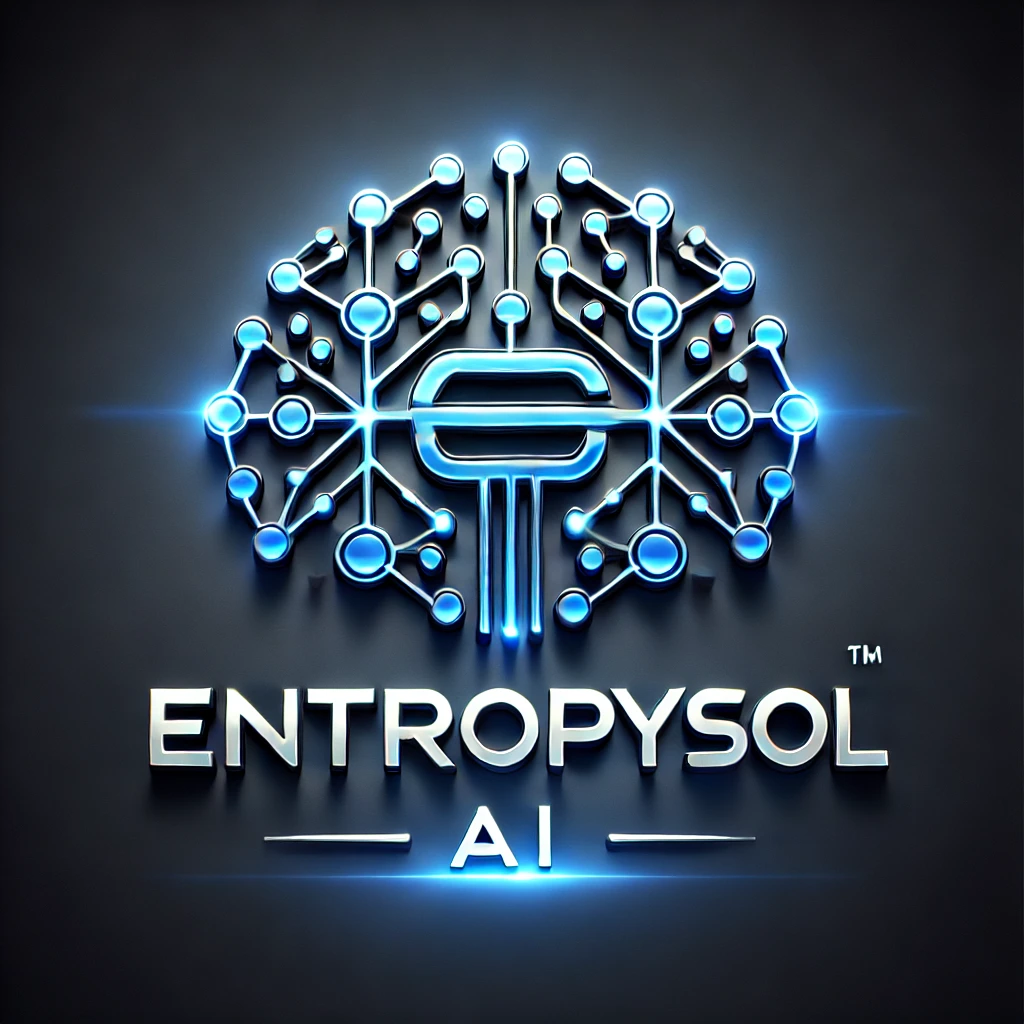Tag: Deep Learning
-
Beyond Analysis: Exploring Generative AI Architecture and Models
For a long time, Artificial Intelligence was primarily associated with analysis: classifying data, making predictions, or recognizing patterns. However, a revolutionary shift has occurred with the rise of Generative AI. This exciting field is all about teaching machines to create new, original content, unleashing unprecedented levels of digital creativity across various domains. What is Generative…
-
Master of Control: Understanding Proximal Policy Optimization (PPO)
In the dynamic world of Reinforcement Learning (RL), an agent learns to make sequential decisions by interacting with an environment. It observes states, takes actions, and receives rewards, with the ultimate goal of maximizing its cumulative reward over time. One of the most popular and robust algorithms for achieving this is Proximal Policy Optimization (PPO).…
-
Elevating AI: Fine-Tuning with PyTorch
You have a powerful pretrained artificial intelligence model ready to tackle complex language or vision tasks. But how do you make it excel on your specific, niche data? The answer lies in fine tuning, a technique that adapts these general purpose giants to your unique needs. When it comes to building and refining these intelligent…
-
From Translation to Chatbots: Understanding Sequence to Sequence Models and Recurrent Neural Networks
Imagine teaching a computer to translate languages, understand your spoken commands, or even generate creative text. These seemingly complex tasks are often powered by a fascinating class of models known as Sequence to Sequence (Seq2Seq) models. At their heart often lie the powerful Recurrent Neural Networks (RNNs), architectures specifically designed to handle the inherent sequential…
-
Mastering the Art of Training Neural Networks in PyTorch
Building powerful artificial intelligence models often feels like magic, but at its heart lies a systematic process of training. If you are diving into deep learning, PyTorch stands out as an incredibly flexible and user friendly framework. Understanding how to effectively train a model in PyTorch is a fundamental skill. It is where raw data…
-
Mastering Modern AI: A Guide to Using Hugging Face Frameworks
In the rapidly evolving landscape of artificial intelligence, accessing and deploying state-of-the-art models can often be a complex undertaking. This is where Hugging Face steps in, democratizing advanced AI with its powerful and user-friendly frameworks. Renowned for its Transformers library, Hugging Face has become an indispensable platform for developers and researchers working with natural language…
-
Unlocking New Frontiers: A Deep Dive into Foundation Models
The landscape of artificial intelligence is constantly evolving, and a revolutionary concept known as Foundation Models is rapidly reshaping its future. These incredibly large, pre-trained AI models are not just another step forward; they represent a paradigm shift in how AI systems are developed and deployed. Their remarkable versatility and ability to adapt to a…
-
Shallow vs. Deep Neural Networks: Understanding the Depth of AI Learning
In the fascinating world of artificial intelligence, neural networks form the computational backbone for many advanced applications. These networks are broadly categorized by their “depth”—specifically, the number of hidden layers they possess. Understanding the distinction between Shallow Neural Networks and Deep Neural Networks is crucial for comprehending their capabilities, limitations, and how they contribute to…
-
Predicting Continuous Values: Building Regression Models with Keras
In the vast landscape of artificial intelligence, models capable of forecasting numerical outcomes are indispensable. This is where regression models come into play, providing the power to predict continuous values like housing prices, stock trends, or temperature fluctuations. For developers and data scientists looking to build such predictive systems with efficiency and flexibility, Keras emerges…
